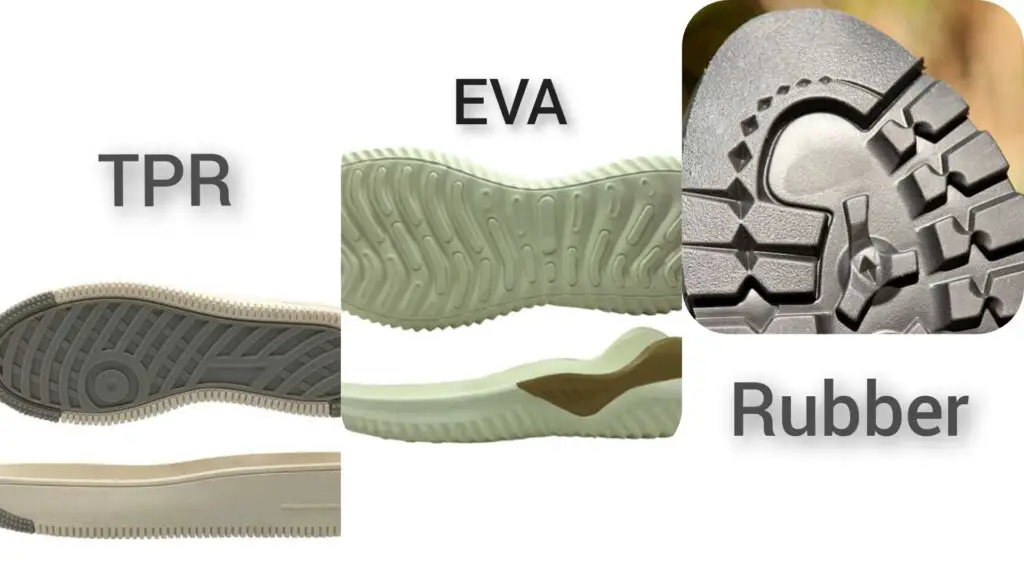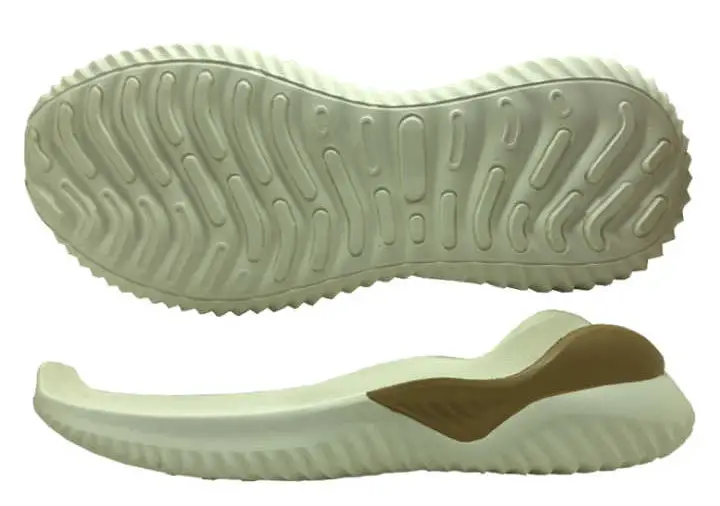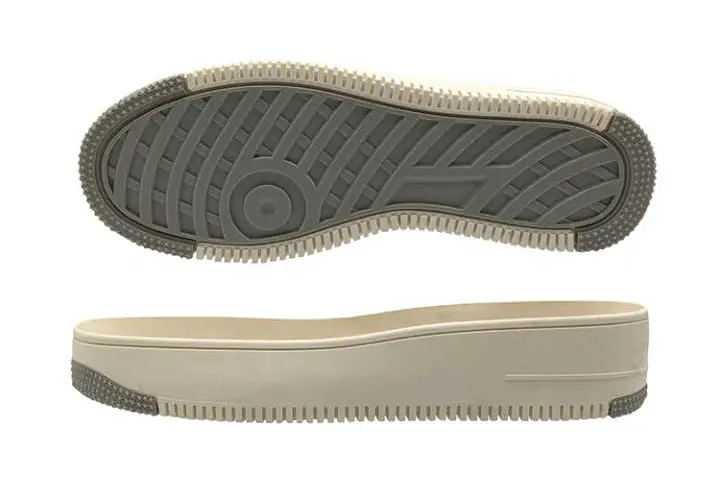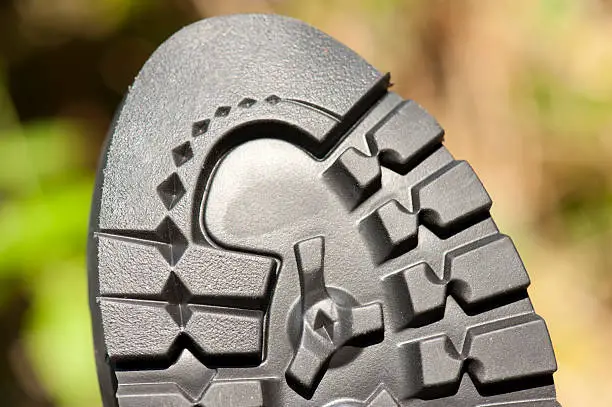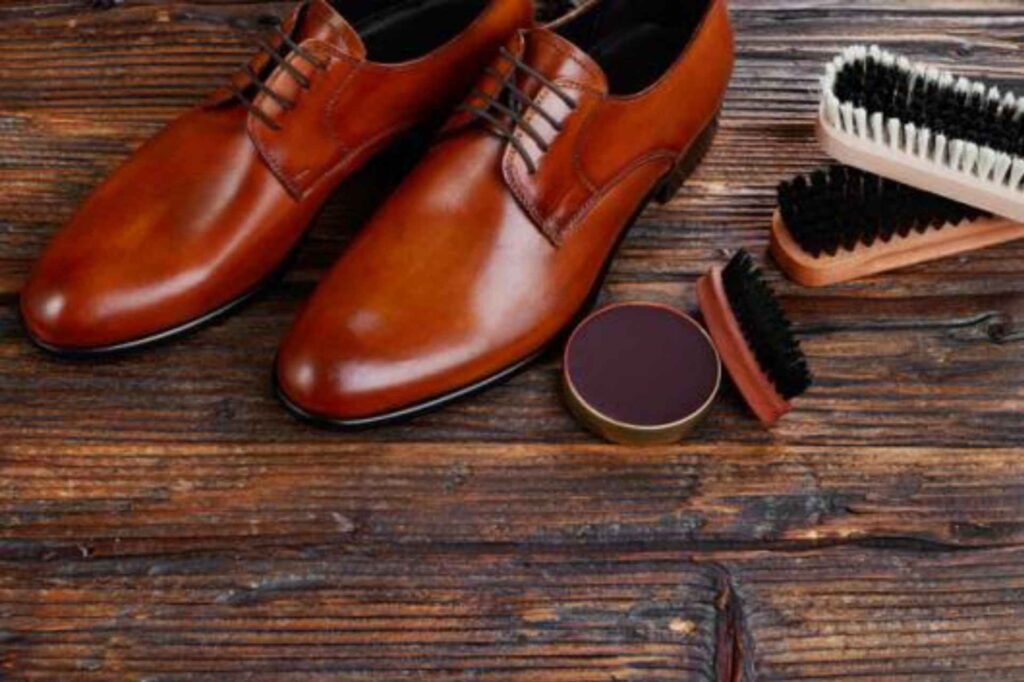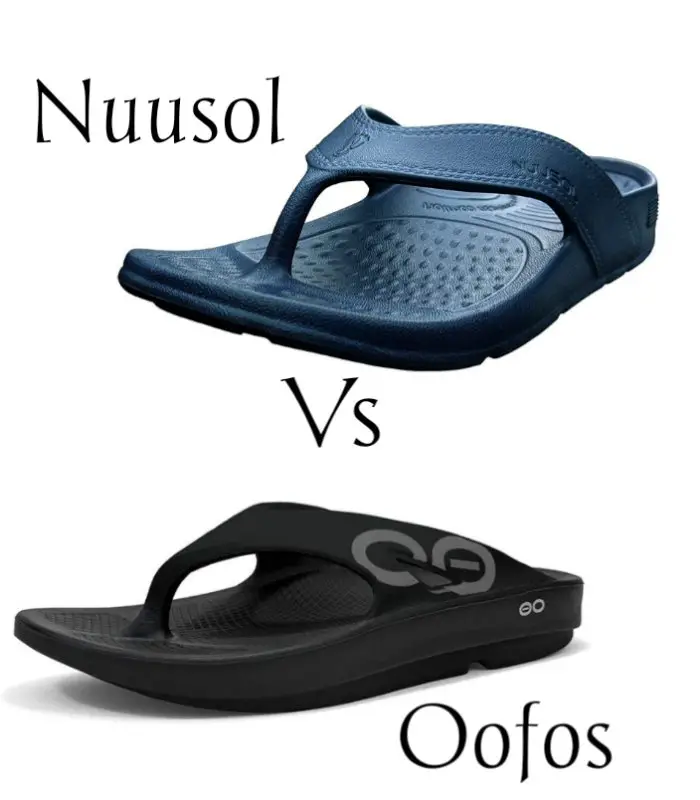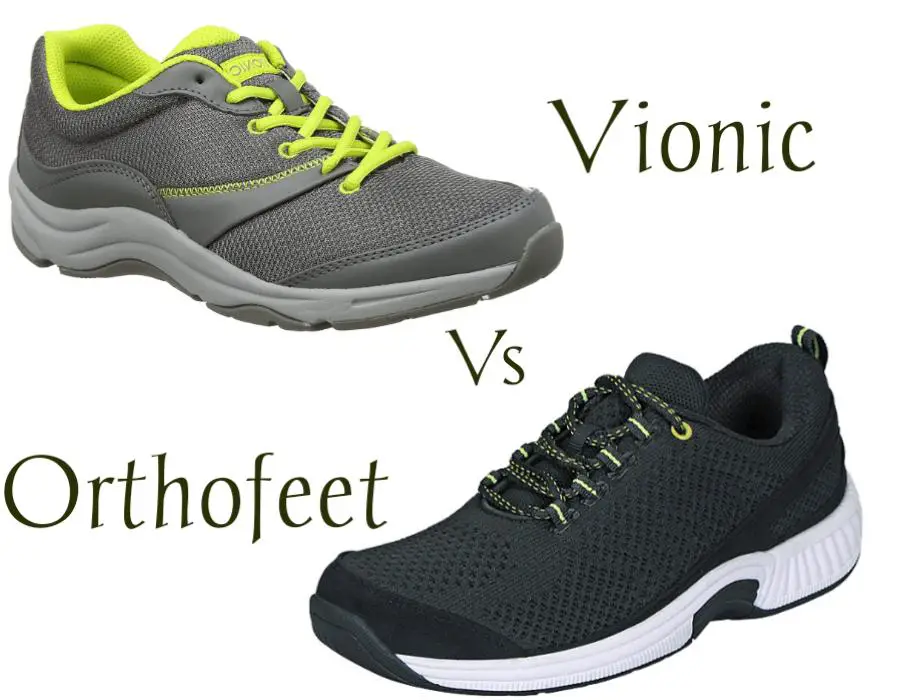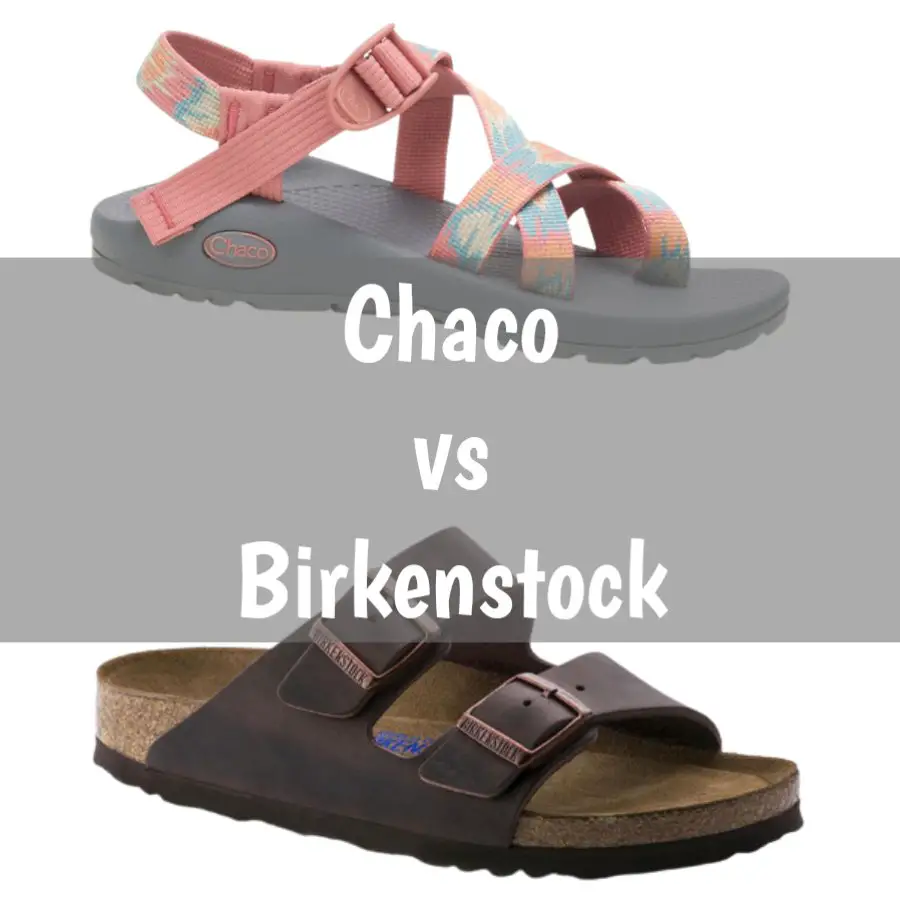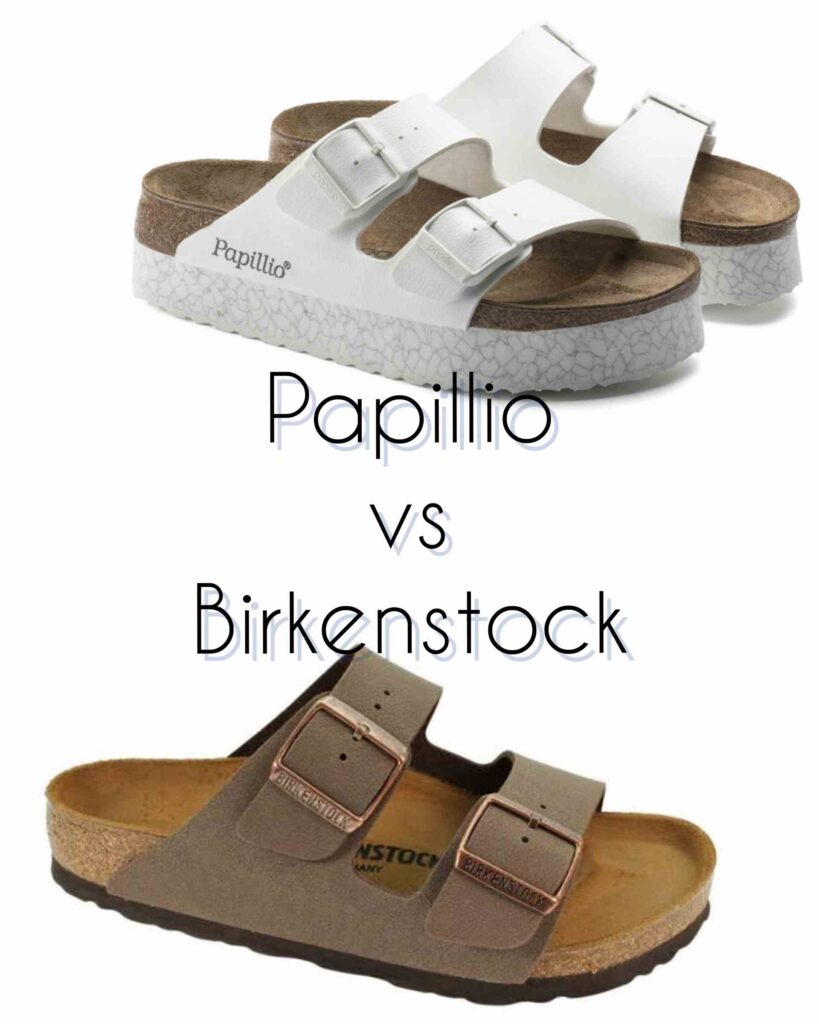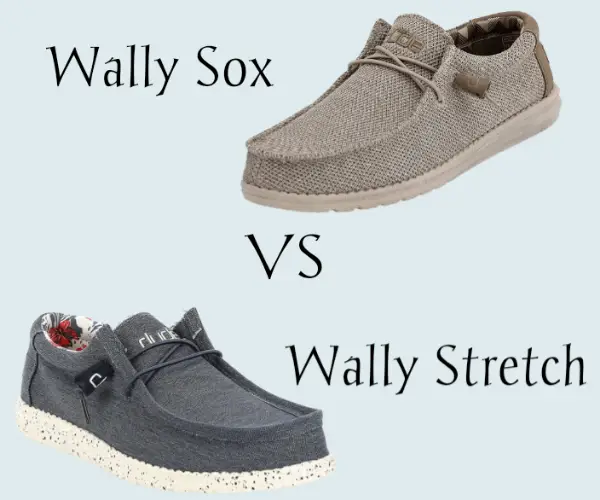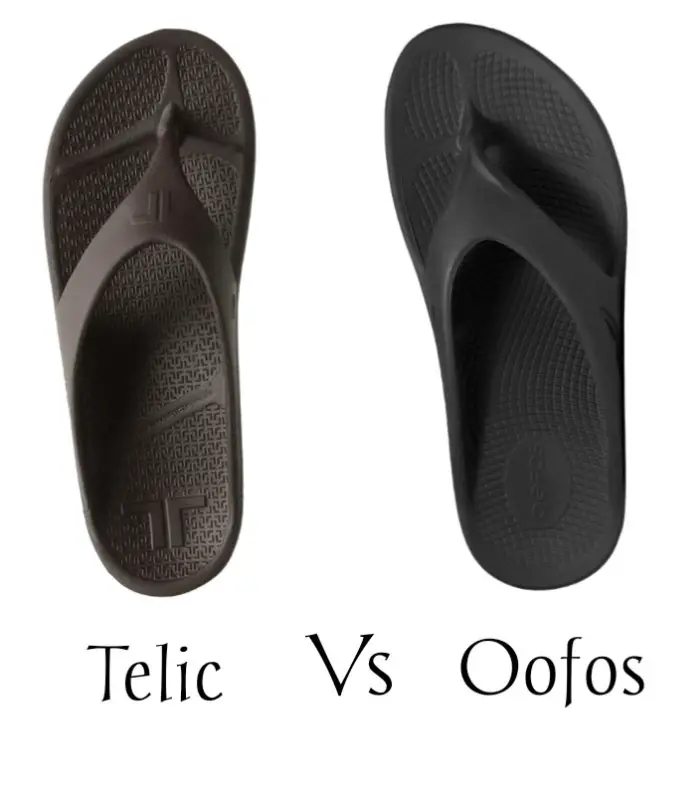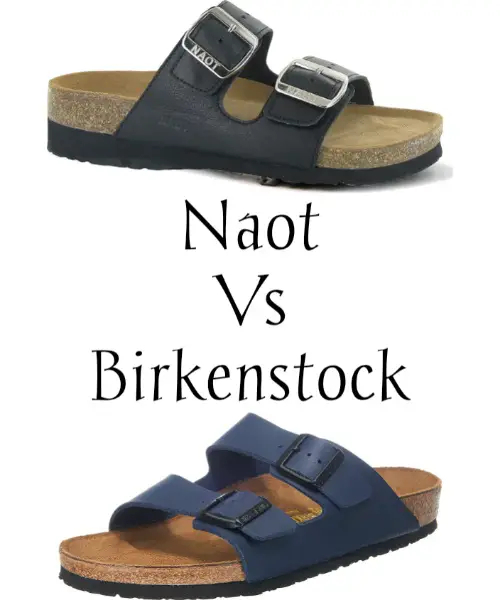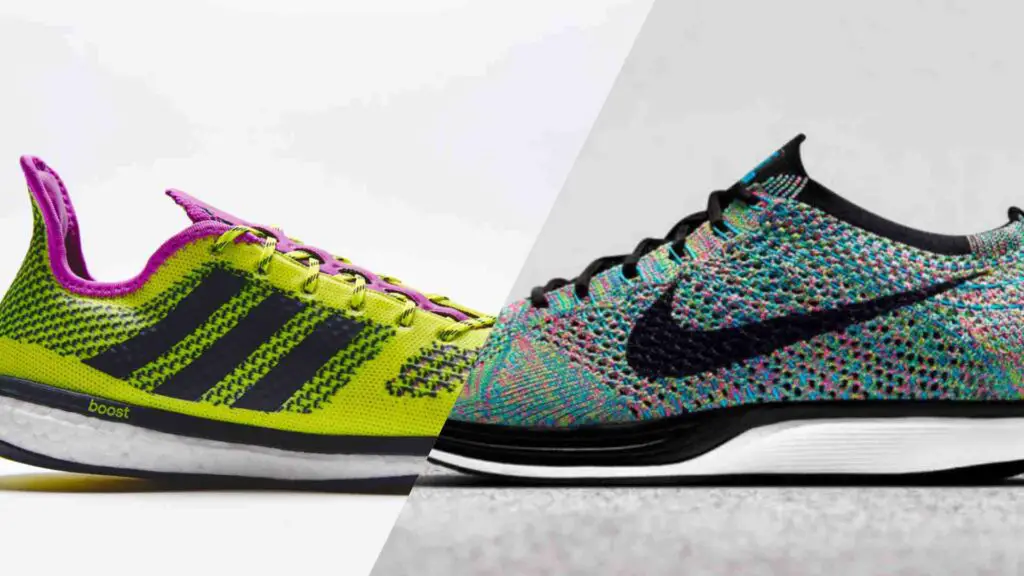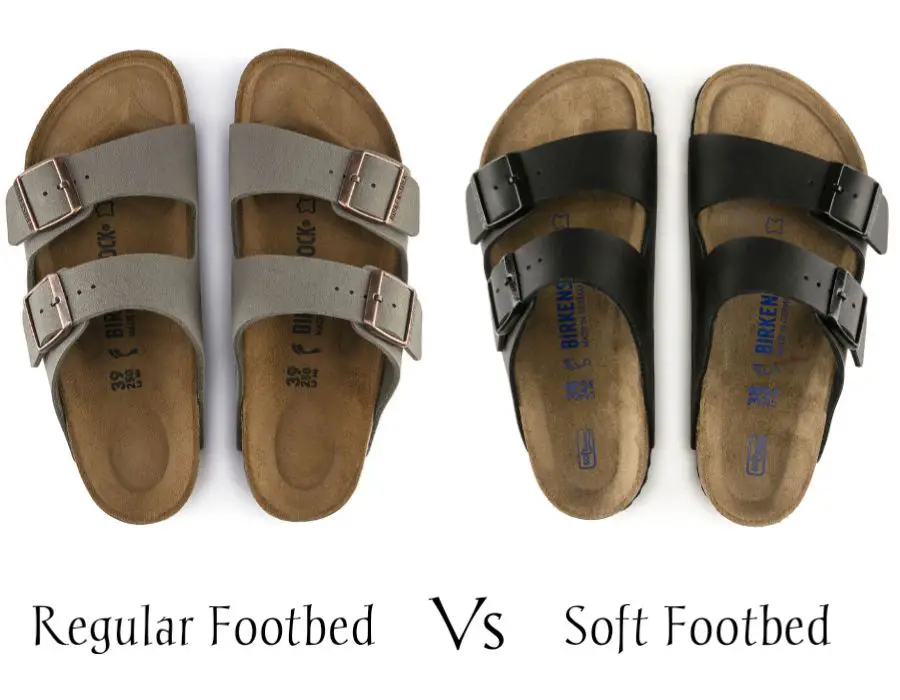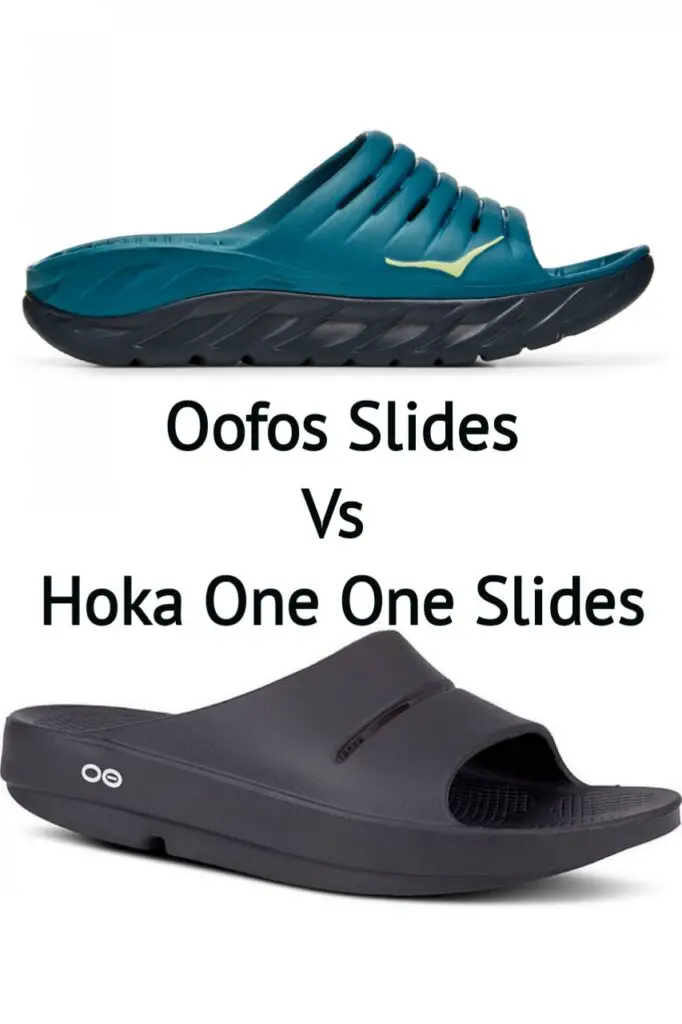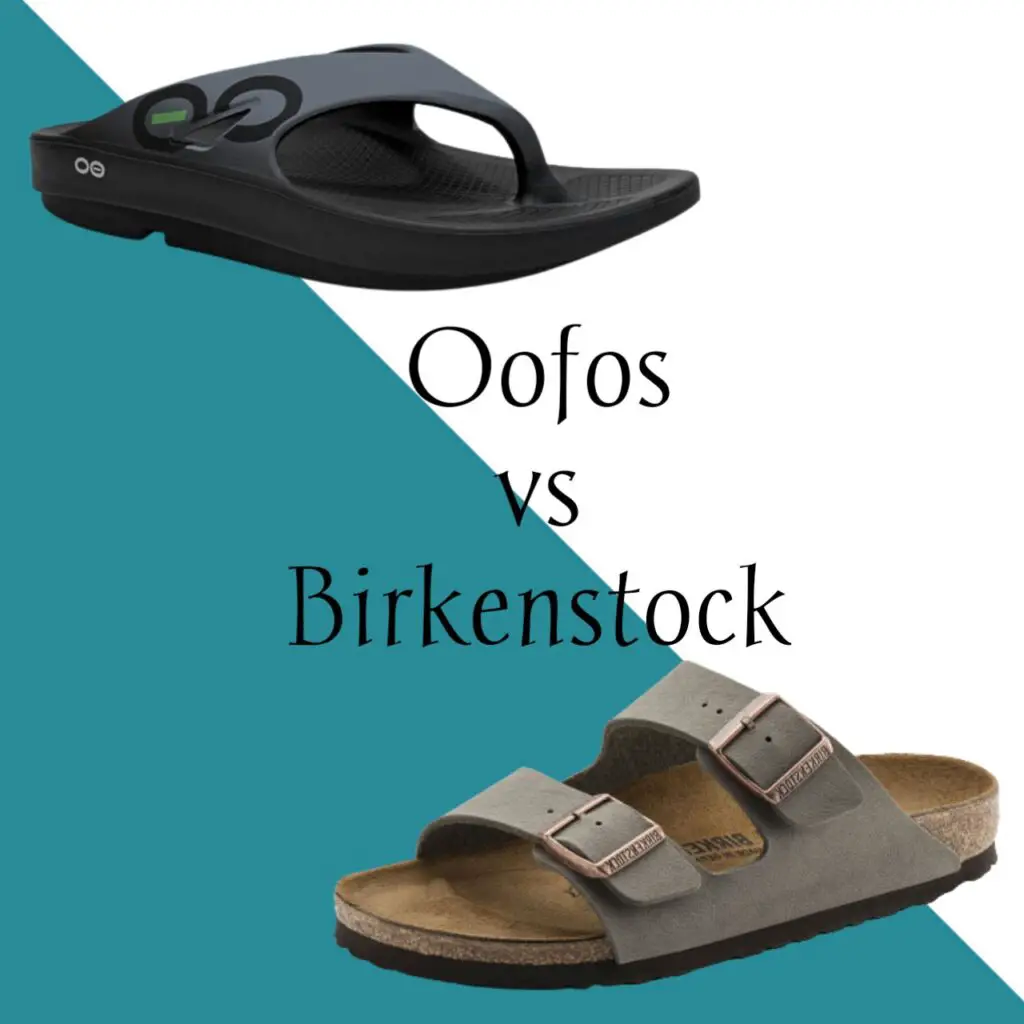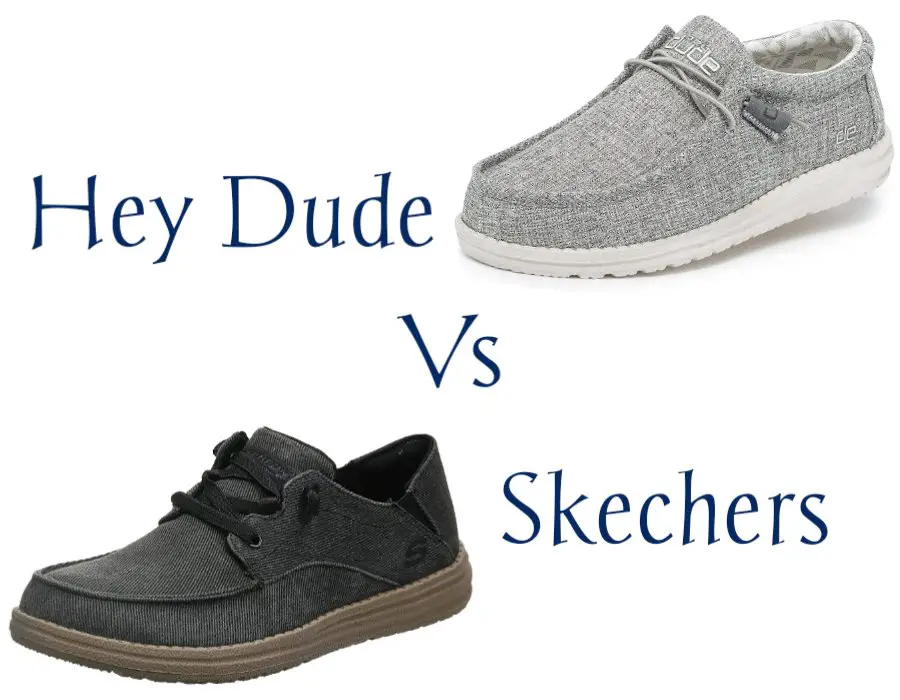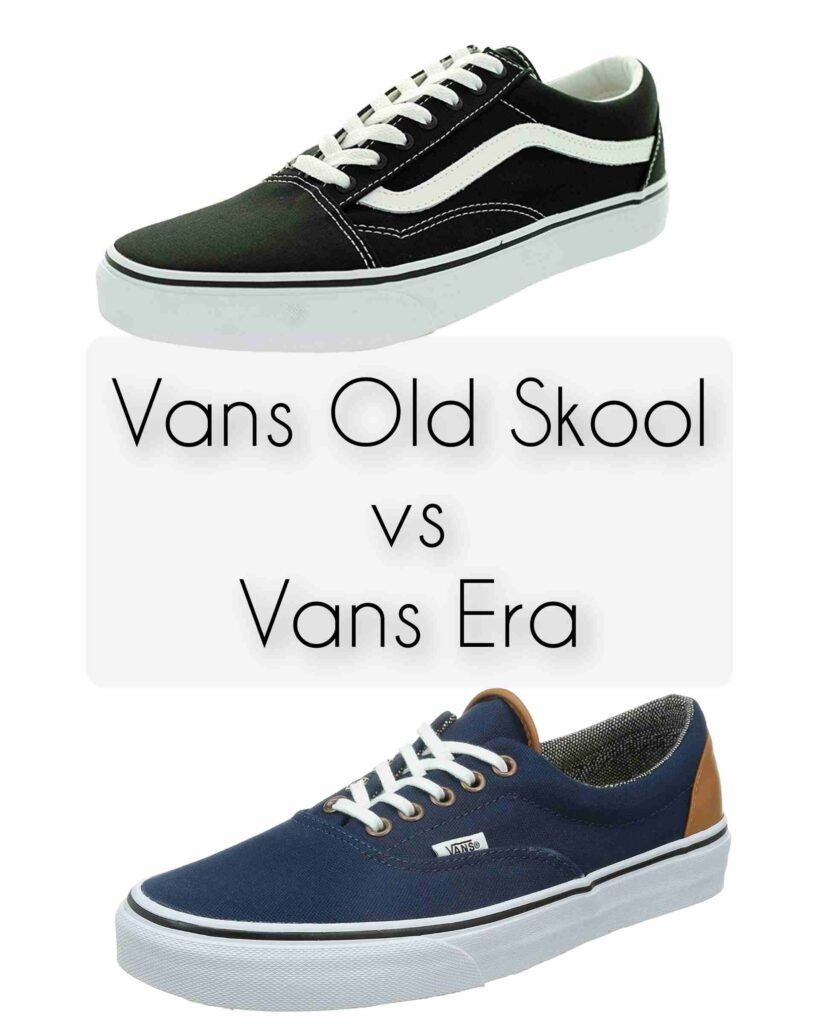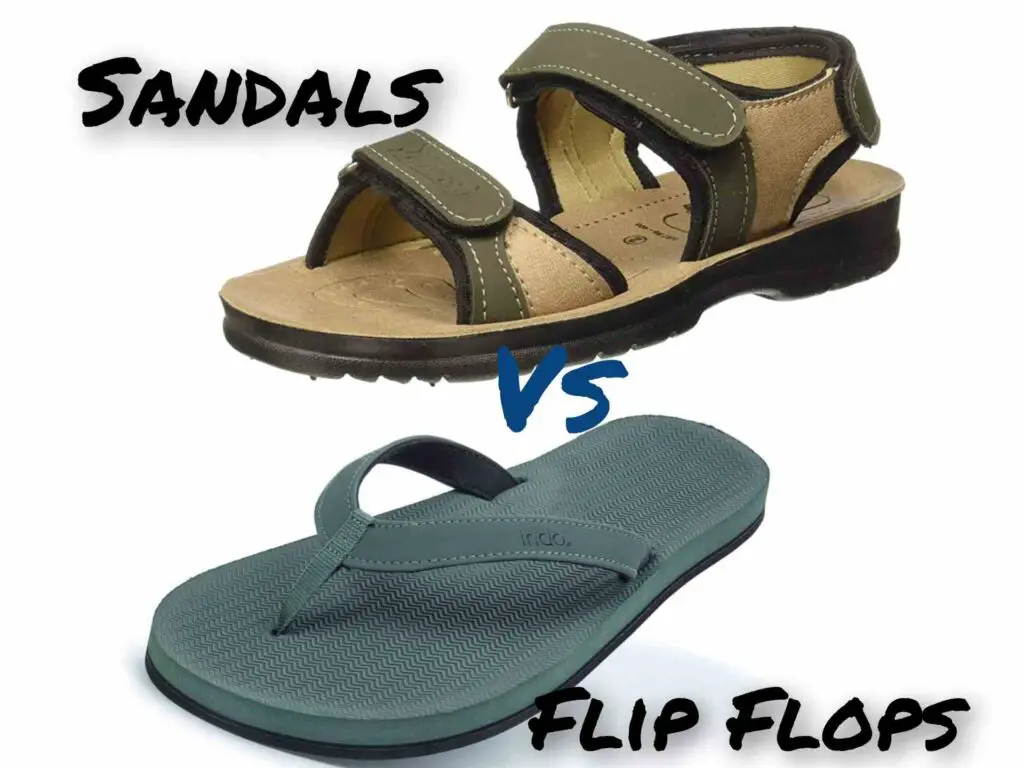It is probably clear to you that TPR, EVA, and rubber are some of the materials used for making footwear soles.
Now the uncertainty comes: What’s their difference? What is the advantage of one over the other? Which is better and is worth it?
Well, this post investigates TPR sole vs EVA sole vs rubber sole to find reliable answers to the above questions.
In the FAQ section are answers to many other questions you might have about these shoe soles.
What is EVA sole?
EVA sole is a footwear base made from a polymeric compound, Ethylene-vinyl Acetate. EVA is a copolymer product of ethylene and vinyl acetate.
EVA sole is elastic and has the highest shock absorption property compared to any other footwear sole material.
It also covers for irregularities on the ground to ensure soft cushioning on every foot landing.
As such, EVA has found its application in footwear construction where shock absorption is top-notch. Many sneakers including Skechers feature EVA sole.
It is best to choose shoes with EVA soles when you’re looking for running, jogging, and leisure shoes, or even walking shoes.
Advantages of EVA sole
- Softer and more flexible than rubber and TPR
- Lighter than TPR and rubber soles
- Offers top-notch shock absorption
- It gives soft and relaxed cushioning to the feet.
- Provides excellent insulation and slip-resistance
Disadvantages of EVA sole
- EVA sole gets dirty easily
- It’s not biodegradable
- EVA sole shrinks over time with use.
Check out these Amazing Shoes made with EVA sole on Amazon.
What is a TPR sole?
A TPR sole is a sole made from a material called Thermoplastic Rubber. This material is obtained by blending rubber and plastic materials. It flows while hot but turns solid when cooled.
TPR is extensively used as footwear soles because of its economic processing technology, excellent durability, aesthetic viability, and easy recyclability.
Consequently, the TPR sole is cheaper than the rubber sole but has lower flex and slip resistance than the latter.
It is commonly used in children, casual, and fashion shoes.
Advantages of TPR sole
- It provides a strong grip on the ground
- TPR sole is cheap
- It is resistant to low temperatures
- They can easily to shaped
Disadvantages of TPR sole
- It is heavier than EVA
- TPR is less flexible and soft than EVA
- It has poor shock absorption property
- Unlike rubber and EVA, TPR is not wear-resistant
Check out these Amazing Shoes made with TPR sole on Amazon.
TPR vs EVA sole: Which is better?
You cannot say which is better between the TPR sole and EVA sole without considering the end-use of the shoe.
As we already stated, the EVA sole is the first choice when you’re looking for athletic shoes.
It provides you with the comfort and support you need for such activities.
TPR sole is terrible for athletic purposes. However, if you’re on a budget and looking for something cheaper, then you might consider TPR sole.
Nevertheless, it might be needless to go for EVA if you’re looking for casual footwear for shopping and evening outings.
Except if you’re on a podiatrist recommendation, TPR seems to be a cheaper and better option.
What is a rubber sole?
A rubber sole is a type of footwear bottom made from rubber sap or made synthetically using chemicals.
It is soft to touch, flexible, resistant to slip, acid, and base. Unlike a TPR that had a mate-like appearance, rubber soles are glossy.
Rubber soles can be used in any type of shoe: casual, sports, and formal shoe. However, it finds most of its application in sports footwear where slip resistance is needed most. Example: water shoes and hiking shoes.
Advantages of rubber sole
In a previous post, we have articulated the advantages of the rubber sole over the leather sole. You might also want to check it out.
Meanwhile, here‘s a brief rundown of those pros :
- It is elastic, flexible, and soft
- The rubber sole is slip and skid resistant
- It is not easy to break
- The rubber sole is resistant to wear, and it lasts longer than EVA and TPR soles.
- The rubber sole is waterproof
Disadvantages of rubber sole
- Rubber soles are heavier than both TPR and EVA soles
- It is not biodegradable thereby posing a great environmental problem
- The rubber sole can be easily pierced
- It is not the best sole for oil contact places like a gas station
Check out these Amazing Shoes made with rubber sole on Amazon.
How to differentiate TPR sole from rubber sole
You might be cleared of the difference between TPR sole and EVA sole. EVA sole is the lightweight sole commonly used in running shoes.
But how about TPR and rubber soles? Below is how you can differentiate them.
- Press and grind test: press the sole hard on a clear hard surface. If it’s a TPR, you’re likely to see the power of the sole material. You’ll not get any such powder if it’s rubber sole.
- Smell test: a rubber sole smells like plastic but a TPR doesn’t have a conspicuous smell
- Feeling test: a rubber sole gives a soft feeling on touch. TPR is rougher on touch.
- Observe the soles: TPR has a mate finishing but you’ll notice the glossy appearance of a rubber sole.
TPR vs Rubber sole: Which is better?
It is direct to say that rubber soles are far better than thermoplastic rubber (TPR) soles.
The rubber sole is soft, more flexible, provides better traction, and is resistant to chemical attacks.
It is also obvious in the prices of both. A shoe with a rubber outsole is pricier than one with a TPR or EVA sole.
Check out these shoes made with rubber sole and those with EVA sole on Amazon.
FAQs
Is TPR sole slip-resistant?
Yes. Footwear with a TPR outsole is resistant to slip on slippery or runny roads. Rubber soles, however, provide a better grip on slippery surfaces.
Does TPR sole make noise?
Unlike rubber soles which could make noise sometimes, TPR soles are not commonly associated with squeaking.
Is TPR sole waterproof?
TPR soles like rubber and EVA soles are waterproof. This means they’re impermeable to water and other liquids.
Is TPR good for running?
TPR soles do not make good running shoes. They’re heavy relative to the specifications of a running shoe. Also, TPR soles do not provide cushioning and are also poor in absorbing foot-landing shock.
EVA soles make a better running shoe sole. TPR is commonly used for casual and fashionable shoes.
Is EVA sole good for running?
Compared to rubber and TPR soles, EVA has the highest shock absorption property. As such, they are primarily used for making running shoes. They are also resistant to slip and provide good traction.
Which is better: EVA or rubber?
A rubber sole is better if your desire is high traction. But if you desire something light and cushioning, the EVA sole is the right choice.
Are EVA soles non-marking?
EVA soles l’île Rubber soles are non-marking because they do not leave obvious marks on surfaces. TPR soles aren’t non-marking.
Is EVA sole slip-resistant?
Aside from its responsiveness, EVA soles are also resistant to slip.
Is EVA sole good?
Considering its properties, EVA is a good sole material for certain kinds of shoes. Example is athletic shoes. It is comfortable, absorbs shock, and durable.
Nevertheless, EVA sole has its downsides. That is what listed here.

